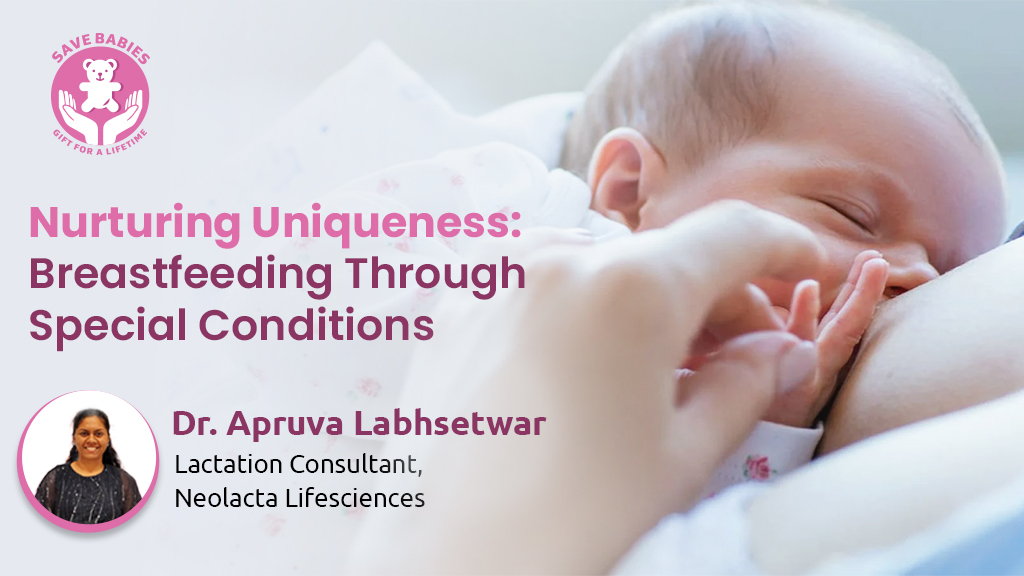Welcoming a new life into the world is a beautiful and unique experience, and so is the journey of breastfeeding. While many mothers navigate this path seamlessly, others find themselves facing special conditions that make the breastfeeding journey a bit more intricate. In this blog, we explore the nurturing of uniqueness, shedding light on breastfeeding through special conditions like twins, tongue ties, and cleft palates.
Embracing the Challenge of Twins
The joy of having twins is immeasurable, yet it comes with its own set of challenges, especially when it comes to breastfeeding. Mothers of twins often find themselves managing simultaneous feeds, mastering the art of tandem breastfeeding. Supportive pillows, nursing positions, support of loved ones and expert advice from lactation consultants can make this journey more manageable, turning it into a unique bonding experience with both little ones.
The Lingual Challenge: Tongue Ties
Breastfeeding with a tongue tie can present challenges, as the condition may restrict the baby’s ability to latch onto the breast effectively. A tongue tie, or ankyloglossia, occurs when the strip of skin beneath the baby’s tongue (lingual frenulum) is shorter than usual, limiting the range of motion. This can make latching and sucking during breastfeeding difficult. While some babies with tongue ties may feed adequately, others may struggle, leading to nipple pain for the mother and potential challenges with milk transfer. Consulting with a healthcare professional, such as a lactation consultant or paediatrician, can help assess the severity of the tongue tie and explore potential solutions, including a simple procedure to release the tie if necessary. With proper guidance and support, many mothers find ways to successfully breastfeed despite the challenges posed by tongue ties.
Gentle Feeding with Cleft Palates
Breastfeeding a baby with a cleft palate requires patience, adaptation, and support. A cleft palate is a congenital condition where there is an opening or gap in the roof of the mouth. While breastfeeding can be challenging due to the baby’s difficulty in creating a proper seal, there are ways to make it work. Specialised bottles or nipple shields may be used to optimise latch and suction. Frequent burping during feeds helps reduce the risk of air swallowing. The guidance of a lactation consultant and the collaboration with a healthcare team are instrumental in navigating this unique breastfeeding journey. Despite the challenges, breastfeeding with a cleft palate provides not just nourishment but also an invaluable source of comfort and bonding for both mother and baby.
Patience and Persistence
Regardless of the special condition, the key to successful breastfeeding lies in patience and persistence. Mothers may need to experiment with different feeding positions, seek advice from healthcare professionals, and tap into the support of breastfeeding communities. The journey might be different, but the bond formed during breastfeeding remains uniquely profound.
Building a Support System
Nurturing uniqueness requires a strong support system. Surrounding oneself with understanding family members, friends, and healthcare professionals is essential. Online support groups and forums can also be valuable resources, connecting mothers facing similar challenges and providing a platform to share experiences and advice.
In conclusion, breastfeeding through special conditions is a testament to the resilience and adaptability of mothers. It’s about recognizing and celebrating the uniqueness of each breastfeeding journey, tailored to the needs of both mother and baby. By embracing challenges, seeking support, and maintaining a positive mindset, mothers can create a nurturing environment that fosters a profound connection with their little ones, regardless of the circumstances.
References
- Reilly S, Reid J, Skeat J, et al. ABM clinical protocol #18: guidelines for breastfeeding infants with cleft lip, cleft palate, or cleft lip and palate, revised 2013 [published correction appears in Breastfeed Med. 2013 Dec;8(6):519]. Breastfeed Med. 2013;8(4):349-353. doi:10.1089/bfm.2013.9988
- Borowitz SM. What is tongue-tie and does it interfere with breast-feeding? – a brief review. Front Pediatr. 2023;11:1086942. Published 2023 Apr 25. doi:10.3389/fped.2023.1086942
Hill RR, Pados BF. Symptoms of problematic feeding in infants under 1 year of age undergoing frenotomy: A review article. Acta Paediatr. 2020;109(12):2502-2514. doi:10.1111/apa.15473




